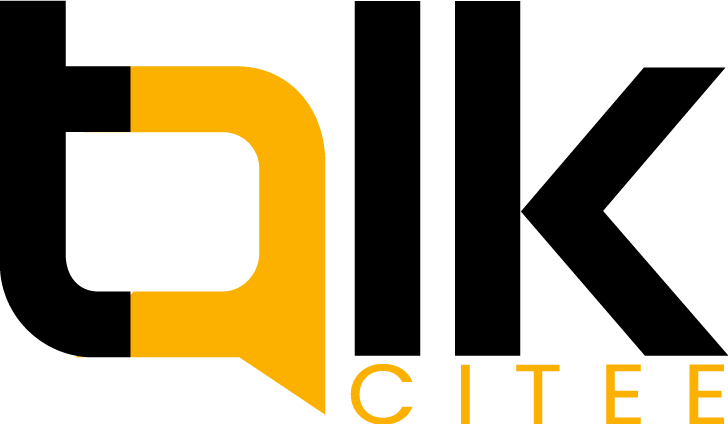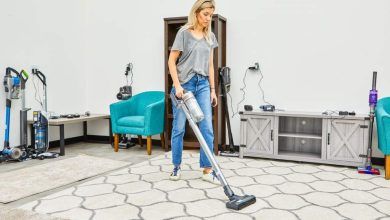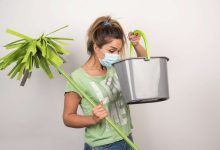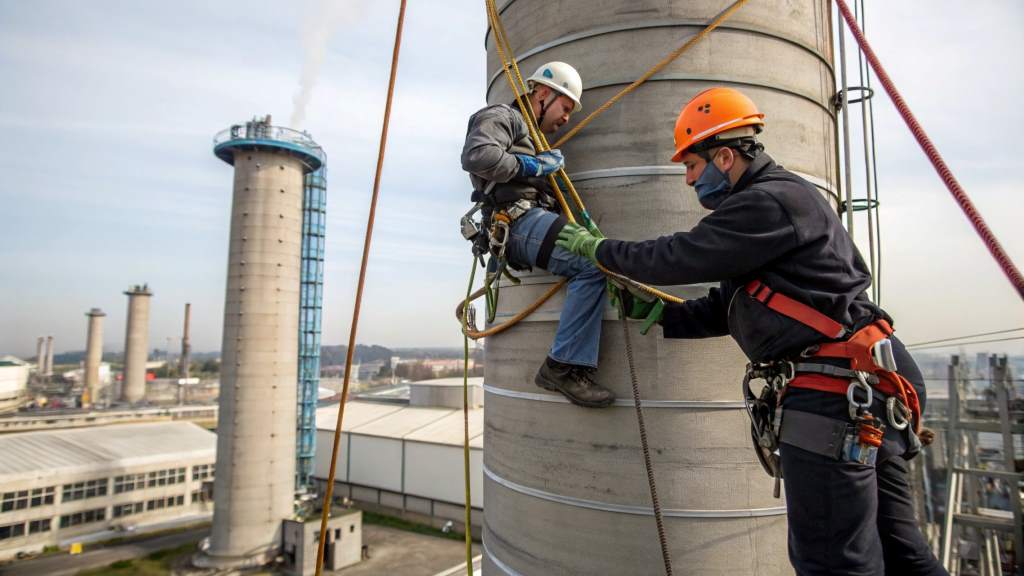
Safety Protocols for Using Ropes in Industrial Chimney Cleaning
Industrial chimney cleaning is an indispensable process for maintaining structural integrity and ensuring safe operations in factories and power plants. When ropes are used for accessing towering chimneys, strict adherence to safety protocols becomes critical. Using ropes improperly can lead to life-threatening accidents and damage to expensive equipment. Fortunately, following standardized safety measures and investing in quality ropes can significantly mitigate risks.
Exploring reliable rope options, like those at Yifarope, ensures that both efficiency and safety are prioritized. In this article, we delve deep into the best practices for safely using ropes in industrial chimney cleaning while highlighting expert recommendations.
Understanding the Importance of Safety Protocols for Using Ropes
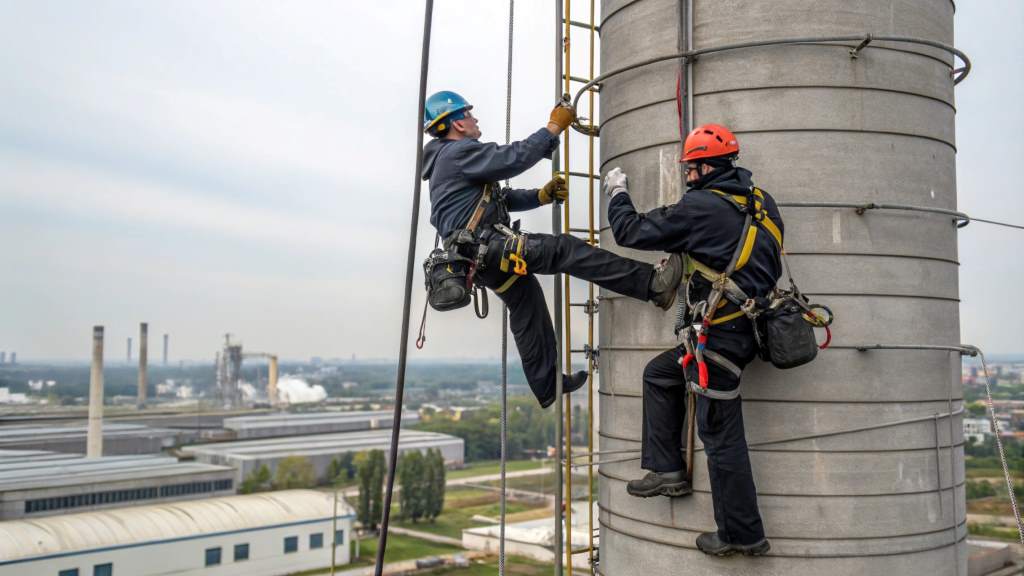
Safety protocols for rope use are more than guidelines—they are lifesaving measures. Industrial chimneys often soar to heights of over 300 feet, making safe access imperative. Adopting proper rope-handling techniques reduces hazards like falls, abrasions, and tangling.
Key points:
- Preventing Fatal Accidents: Falls remain the leading cause of worksite fatalities, contributing to 36% of all deaths in construction-related industries, according to OSHA.
- Minimizing Structural Damage: Inappropriate rope handling can cause damage to chimney exteriors, adding to maintenance costs.
- Ensuring Worker Confidence: A well-implemented protocol instills trust and enhances productivity among workers.
Selecting the Right Rope for Industrial Chimney Cleaning
The rope’s material, thickness, and resistance to environmental factors play a pivotal role in safety. For instance, synthetic ropes, such as polyester or nylon, are often preferred for their strength and durability.
When considering rope options, exploring trends fishing rope reveals valuable insights into selecting ropes with optimal thickness and material.
Factors to consider:
- Tensile Strength: Ensure the rope can support at least 10 times the worker’s weight.
- Weather Resistance: Opt for ropes that resist UV radiation and moisture.
- Abrasion Resistance: Prevent fraying during contact with rough surfaces.
Pre-Use Rope Inspection Protocols
Regular inspections are the cornerstone of rope safety. Before every use, ropes should be examined thoroughly to identify wear and tear.
Inspection checklist:
- Visible Damage: Look for fraying, cuts, or discoloration.
- Elasticity Tests: Assess whether the rope retains its stretchability under tension.
- Core Integrity: In kernmantle ropes, check the inner core for any compromise.
Statistically, over 30% of rope failures stem from overlooked wear, making routine inspections essential.
Worker Training in Rope Safety
Without proper training, even the best equipment can fail to prevent accidents. Comprehensive training ensures that workers understand the nuances of rope handling.
Core training components:
- Rope Knotting Techniques: Mastering knots like the bowline or figure-eight ensures secure fastening.
- Weight Distribution Awareness: Avoid overloading ropes beyond their rated capacity.
- Emergency Preparedness: Train workers to manage sudden equipment failure or entanglement.
Using Anchors and Harnesses for Enhanced Safety
Ropes are only as safe as their anchoring points. Anchors must be secure, stable, and inspected for load-bearing capacity. Harnesses further distribute the worker’s weight, reducing pressure on any single point.
Best practices:
- Use certified anchors that meet industry standards.
- Employ full-body harnesses with shock-absorbing lanyards.
- Double-check connections to prevent accidental unfastening.
Mitigating Risks During Chimney Cleaning Operations
Industrial chimneys present unique challenges, including narrow platforms, high winds, and exposure to chemicals. Rope users must adopt situational awareness and adapt their methods accordingly.
Risk-reduction strategies:
- Employ two-rope systems, including a backup line.
- Monitor weather conditions closely to avoid high-wind operations.
- Use protective gloves and gear to minimize skin contact with chemicals.
Maintenance Tips for Longevity of Ropes
Well-maintained ropes not only perform better but also last longer, reducing operational costs. Maintenance involves cleaning, proper storage, and periodic replacement.
Tips for care:
- Cleaning: Use mild soap and cold water to remove contaminants.
- Storage: Keep ropes in a dry, shaded location to prevent UV damage.
- Replacement Cycle: Replace ropes every 2–3 years or sooner if damage is observed.
FAQs
What is the importance of using certified ropes in chimney cleaning?
Certified ropes comply with safety standards, ensuring reliability under high-stress conditions.
How often should ropes be inspected in industrial operations?
Ropes should be inspected before every use and periodically by certified professionals.
What are the best materials for industrial ropes?
Polyester and nylon are highly recommended for their durability, elasticity, and resistance to environmental factors.
Can weather conditions affect rope performance?
Yes, extreme weather such as high winds and moisture can reduce rope performance and safety.
Are backup systems necessary during chimney cleaning?
Absolutely, a backup system, such as a secondary rope, is critical for preventing accidents.
How do I ensure proper worker training in rope safety?
Engage certified trainers and conduct regular workshops focused on knotting, anchoring, and emergency response.
Conclusion
Using ropes in industrial chimney cleaning requires a disciplined approach, from selecting the right equipment to implementing robust safety protocols. By focusing on inspections, training, and maintenance, companies can significantly reduce risks and enhance operational efficiency.
